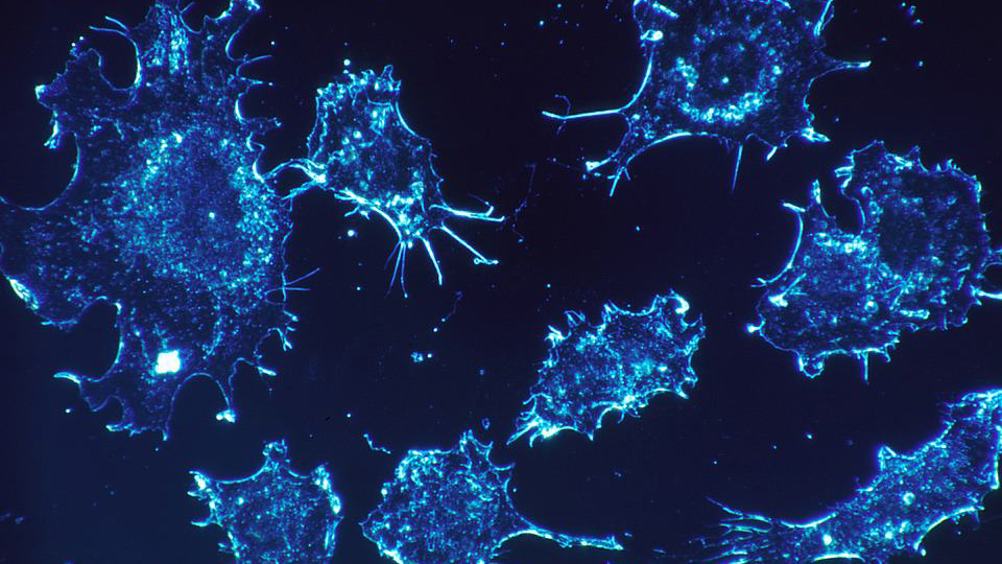Cyborg organoids reveal early stages of organ development
In research that reveals the early stages of organ development, researchers have integrated stretchable mesh nanoelectronics with 2D cells to form a 3D organoid structure.

These so-called cyborg organoids, developed by a team from the Harvard John A. Paulson School of Engineering and Applied Sciences (SEAS), are described in Nano Letters.
"I was so inspired by the natural organ development process in high school, in which 3D organs start from few cells in 2D structures. I think if we can develop nanoelectronics that are so flexible, stretchable, and soft that they can grow together with developing tissue through their natural development process, the embedded sensors can measure the entire activity of this developmental process," said Jia Liu, Assistant Professor of Bioengineering at SEAS and senior author of the study. "The end result is a piece of tissue with a nanoscale device completely distributed and integrated across the entire three-dimensional volume of the tissue."
According to Harvard SEAS, Liu had previously developed flexible, mesh-like nanoelectronics that could be injected in specific regions of tissue.
Building on that design, Liu and his team increased the stretchability of the nanoelectronics by changing the shape of the mesh from straight lines to serpentine structures.
Register now to continue reading
Thanks for visiting The Engineer. You’ve now reached your monthly limit of news stories. Register for free to unlock unlimited access to all of our news coverage, as well as premium content including opinion, in-depth features and special reports.
Benefits of registering
-
In-depth insights and coverage of key emerging trends
-
Unrestricted access to special reports throughout the year
-
Daily technology news delivered straight to your inbox










INWED Engineering Profile: Naval Architect Ellie Driver
Not a woman I´d want to cross … oh, that was Elle Driver